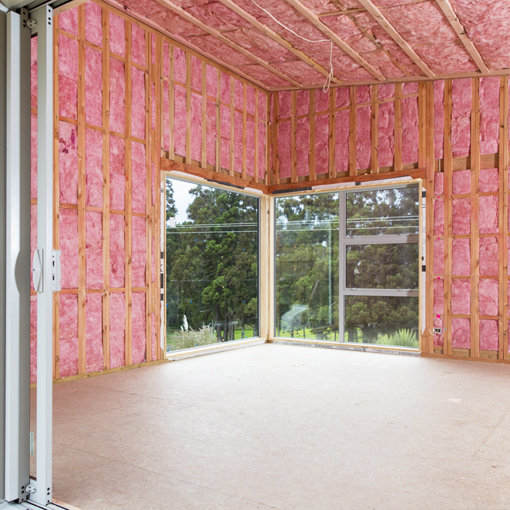Is Polystyrene Insulation an Effective Thermal Barrier?
Polystyrene is one of the most common plastics used today. Extruded polystyrene (XPS) is made from a polystyrene polymer using an ‘extrusion’ technique and is used as thermal insulation.
Still Air is Practically the Best Insulator That Exists
Any type of bulk insulation works on the same principal, no matter what material is used. The aim is to create as many air pockets as possible inside the material. The more air you can trap inside your material, the more effective your material will be at resisting heat flow. If, in addition to the air pockets you create, the material itself has high insulating properties, then you have managed to manufacture an excellent insulator.
Polystyrene has a High Thermal Resistance

Extruded polystyrene (XPS) contains millions of air pockets trapped within the foam. Because the polystyrene itself is also highly resistant to heat, the result is a great thermal insulator which can give excellent R-ratings. In addition to this, XPS is often lined with aluminium foil on at least one side, causing heat to be reflected and blocked simultaneously. This combination of bulk and reflective insulation is very effective.
Excellent Moisture Resistance
When installing glasswool insulation, such as Pink Batts or Bradford, it’s important to ensure that the area you are working in is completely dry, as moisture that becomes trapped can cause mould issues. Moisture can also cause batts to compact which lowers their effectiveness and essentially their R-value. XPS, on the other hand, is already compacted and very little moisture is able to penetrate, preventing mould from developing and ensuring a consistent and durable R-value.
Popular With Installers Due to Ease of Handling
Polystyrene insulation is near odourless, making it a popular choice with professional installers. Unlike glasswool, where thousands of loose fibres detach themselves during installation and often irritate exposed skin, XPS has a dense structure, making it more comfortable to work with. Standard construction site safety wear is more than adequate when installing XPS, compared to glasswool installers who often take protective measures to avoid inhaling tiny fibres and contact with eyes and skin.
Environmental Considerations
Unfortunately a lot of polystyrene ends up in landfill as there are no known biological agents that can break it down. So while XPS is a very high performing insulating material, one of its major drawbacks is the impact it is having on our environment. This may be why many people still opt for glasswool such as Knauf insulation, Bradford Gold or Pink Batts. Greenstuf insulation, manufactured by Autex, is yet another alternative and is made out of polyester. When installed correctly, Autex thermal insulation has the same performance r-value as its glasswool equivalent. Autex insulation is an attractive option for asthma and allergy sufferers in New Zealand.
